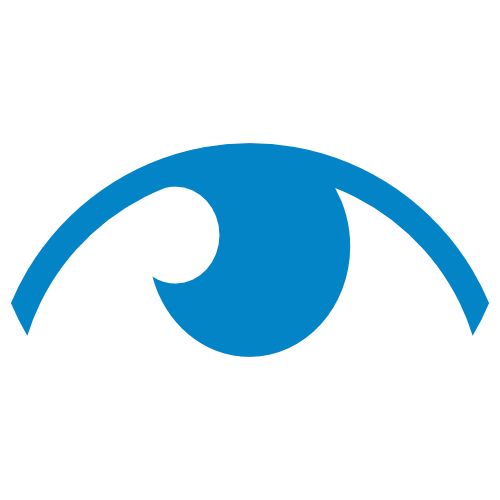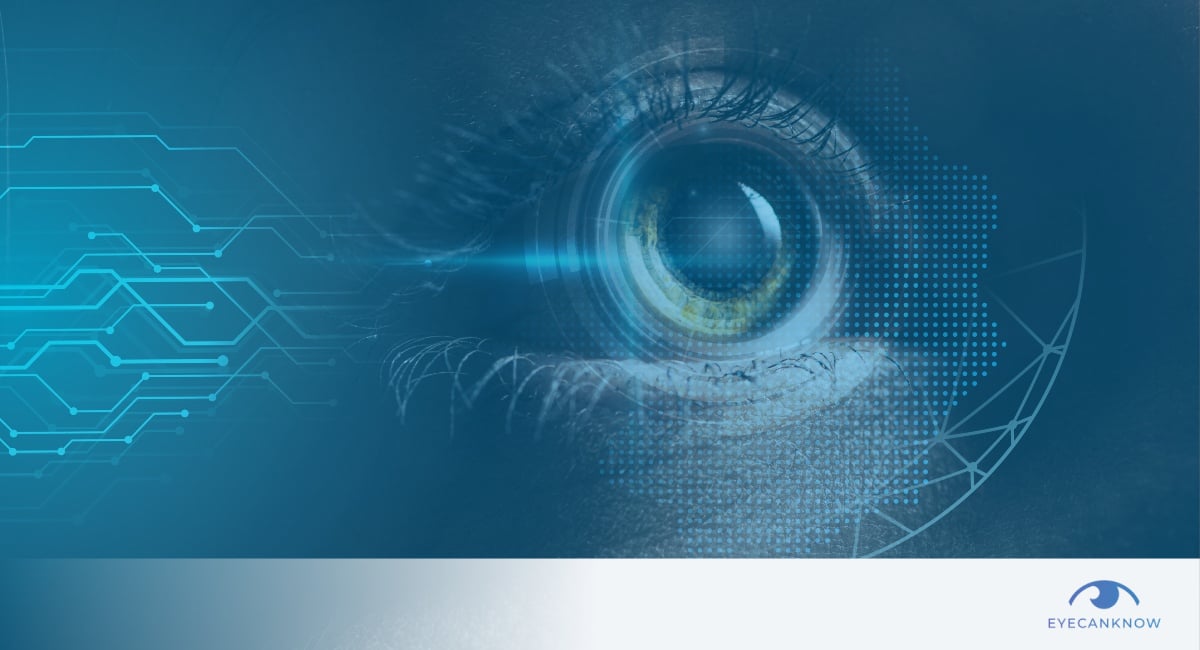Restoring Relationships: The Power of Lie Detection in Rebuilding Trust
“The truth will set you free.” - David Foster Wallace
5 min read
 Matthew Koerner, MBA
:
May 16, 2024 1:25:46 PM
Matthew Koerner, MBA
:
May 16, 2024 1:25:46 PM

The pursuit of truth is as old as human communication itself. Yet, the methods by which we discern truth from deception are evolving dramatically. As Alexis de Tocqueville once insightfully noted, 'When the past no longer illuminates the future, the spirit walks in darkness.'
In a world rife with misinformation and half-truths, it is not just our responsibility but also our power to use the resources at our disposal today to light our way forward. This power lies not just with individuals but also with families and communities.
Today, we stand at the precipice of a technological revolution in lie detection, led by innovations such as Ocular-Motor Deception Tests (ODT), which leverage advanced algorithms and mobile technology to analyze eye behaviors and response patterns. But the process of finding out the truth was not always this technology-forward.
As technology becomes more accessible, multi-sensory, and convenient, we envision a world where anyone in need of help or who could benefit from accountability will have the necessary tools on every device. These tools, developed to be secure and private, promise to empower individuals to self-serve a path out of the darkness they might be experiencing in their lives and achieve their goals.
Lie detection has a long and intriguing history that spans from ancient rituals to modern technological advancements. Here's a look at how lie-detection methods have evolved over the centuries:
Present-day lie detection techniques have come a long way and reflect broader changes in our understanding of psychology, technology, and ethics. Some of the most prominent methods used today include:
At EyeCanKnow, we use Ocular-Motor Deception Tests, a significant departure from traditional polygraph tests, which rely on physiological responses such as heart rate, blood pressure, and sweating.
Instead, our proprietary software with ODT capability utilizes the camera on a mobile device to assess credibility through eye movements, pupil dilation, and reading behaviors during standardized questioning. This method not only makes lie detection more accessible and less invasive but also harnesses the subtlety of involuntary eye reactions, which cannot be consciously controlled or manipulated.
The technology's backbone is a set of patented computer algorithms that calculate a "Credibility Score" from 0% to 100%. Scores above 50% suggest truthfulness, while those below indicate deception. With an accuracy rate of over 80%, EyeCanKnow offers a promising, more accurate alternative to traditional methods, providing quick and user-friendly insights into human credibility.
The future of lie detection also involves enhancing the integration of artificial intelligence to refine the accuracy and applicability of credibility assessments. Machine learning could be employed to analyze vast datasets of eye behavior, improving the system's ability to differentiate between truthful and deceptive responses across diverse populations and situations.
Meta's smart glasses give us a good glimpse into the future of smart wearables. Imagine the possibilities for lie detection once we can integrate apps like TruthQuest and other online lie-detection software directly into such interfaces. The integrated cameras on the sunglasses can scan a person's eye movements during conversations to determine truthfulness.
The potential for this technology to transform sectors like law enforcement, security screenings, business negotiations, and even everyday interpersonal communications is immense.
However, we must tread this path with a keen awareness of both the technological possibilities and the ethical considerations of lie detection technology.
As lie detection technology becomes more pervasive and accessible, legal systems worldwide may need to adapt. This could involve setting standards for the admissibility of evidence obtained through such technology in court or creating laws that govern how and when lie detection can be used.
The future of lie detection presents both unprecedented opportunities and formidable challenges. By enhancing these techniques' accuracy and ethical standards, society can hope to foster an environment where truth prevails in a respectful and non-invasive manner while providing smarter, faster, and cheaper results and contributing positively to societal norms and individual rights.
How accurate are lie detection tests?
In a controlled environment, EyeCanKnow's technology is 90%+ accurate. When used on a mobile phone, the technology is 80%+ accurate.
What are EyeCanKnow lie detectors used for?
EyeCanKnow can test for anything related to past actions, behaviors, and events. They are NOT knowledge-based tests. Actions or behaviors should be concrete and easily defined. Tests should focus on actions or behaviors of most concern. EyeCanKnow offers 6 pre-built test templates, including online fidelity tests and lie detection tests for drugs, alcohol, pornography, gambling, and theft tests that can be customized to you.
For a more robust and personalized test, we recommend TruthQuest™- a fully customized test with up to two questions unique to your situation.
How long does an EyeCanKnow Lie Detection Test take?
Each test will require approximately 15 minutes to complete and 15 minutes to securely score.

“The truth will set you free.” - David Foster Wallace

Lie detection tests, such as those offered by EyeCanKnow, are pivotal in discerning truth from deception in various situations, including infidelity...

In the quest for truth, the ethics of lie detection technology take center stage. Privacy concerns, the importance of informed consent, and the...